Detection of optical signals from crops attacked by fungal diseases.
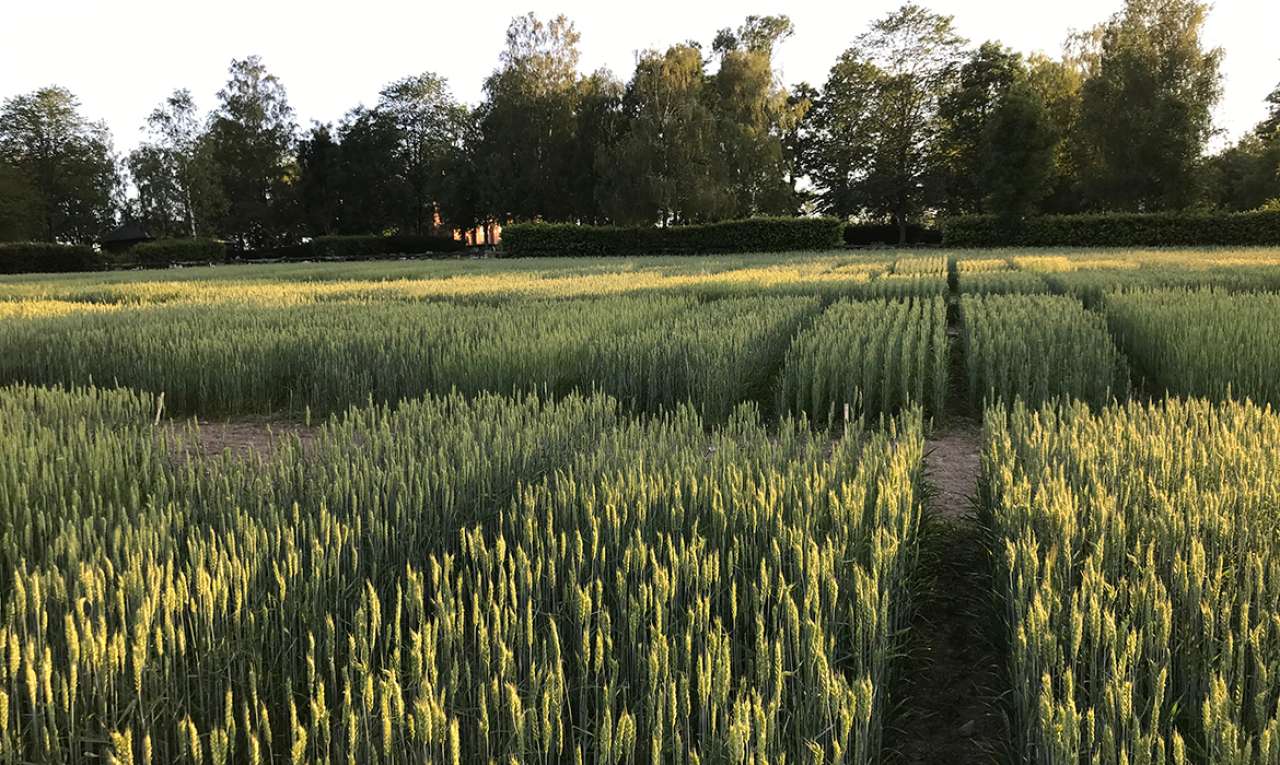
Photo: Andrea Ficke
Once a plant pathogen arrives on the surface of its host and enters the plant tissue, the host plant will respond physiologically. These reactions can lead to changes in the leaf, respiration and light reflection.
The interaction between sun light and the attacked host can change tissue temperature and reflection when compared with healthy host tissue (see figure A ‘Leaf-Light interaction’ and B ‘Leaf-Pathogen interactions’ from Mahlein, 2016).
The rapid development in optical sensor technology with high sensitivity over the last years allows us to exploit the physiological changes in attacked host tissue for early detection of plant diseases (see figure below called ‘Sensors’, from Mahlein, 2016).
NIBIO’s research project ‘Stressless’ aimed to develop sensors for site-specific control of fungal diseases and precision fertilizing based on the currently available optical sensor. We tested sensors attached to drones and sensors measuring reflectance at a short distance (see picture below with researcher Krzysztof Kusnierek, NIBIO).
Algorithms which were developed should be able to separate between wheat plants with and without powdery mildew (caused by Blumeria graminis).
NIBIO Centre for precision agriculture has continued these efforts and found that it is possible to distinguish different fungal pathogens on leaves based on advanced image analysis. However, it is a lot more demanding to perceive and analyse pathogen specific optical signatures from crop plants at the field level. Machine learning has catalyzed data analysis and opens up new possibilities for advanced image analysis and disease detection.
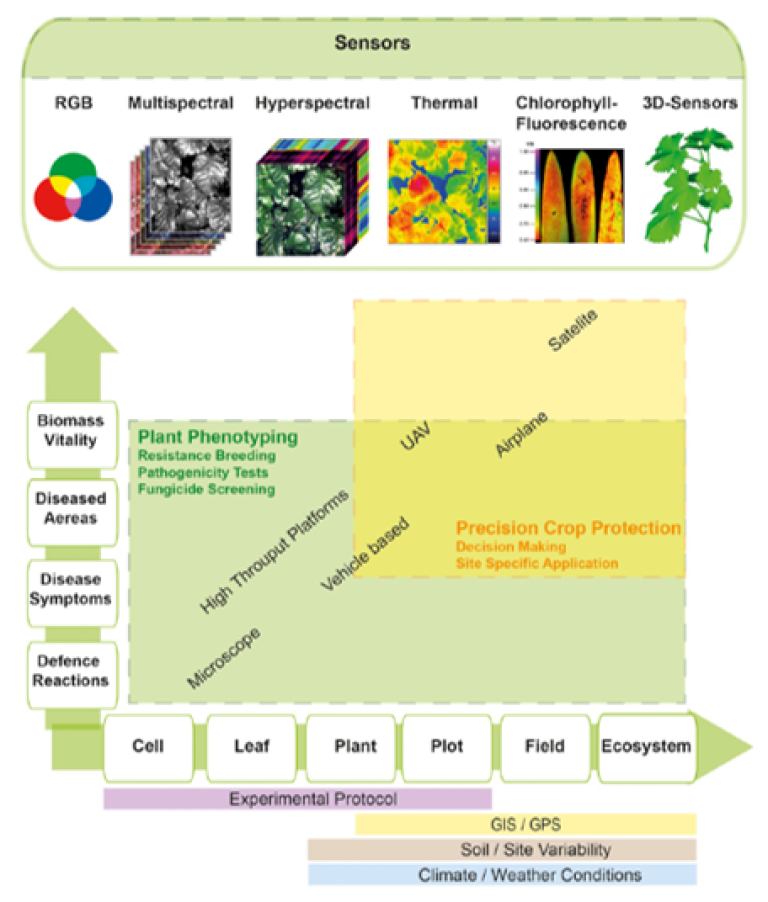
Contacts
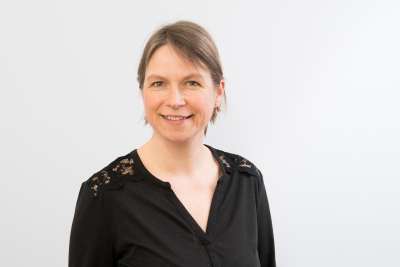
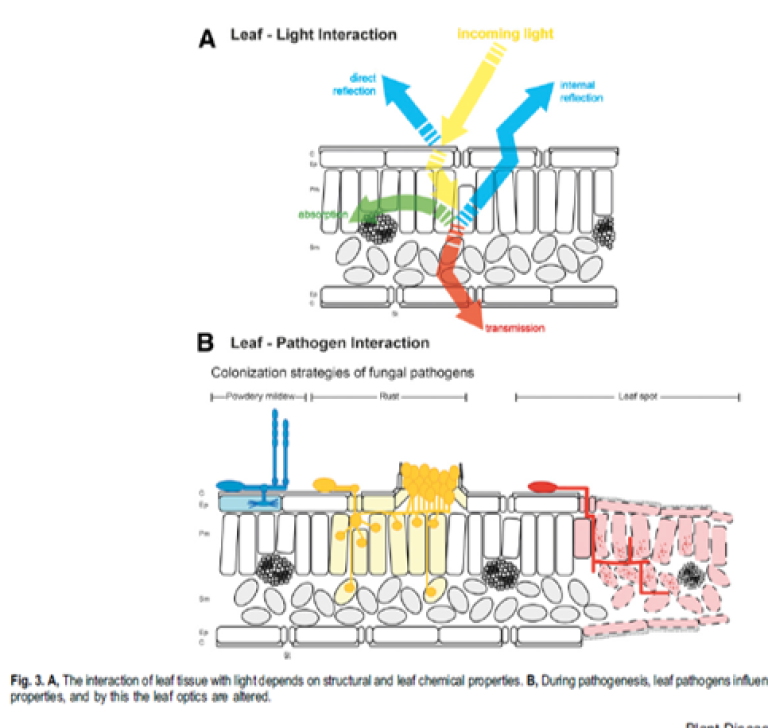
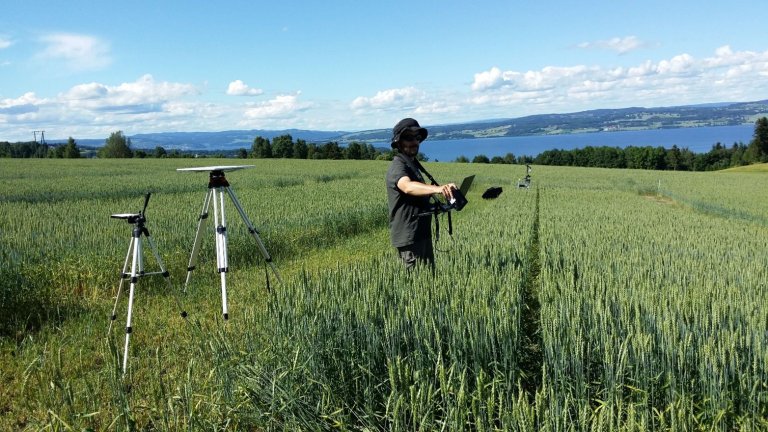
Contacts


